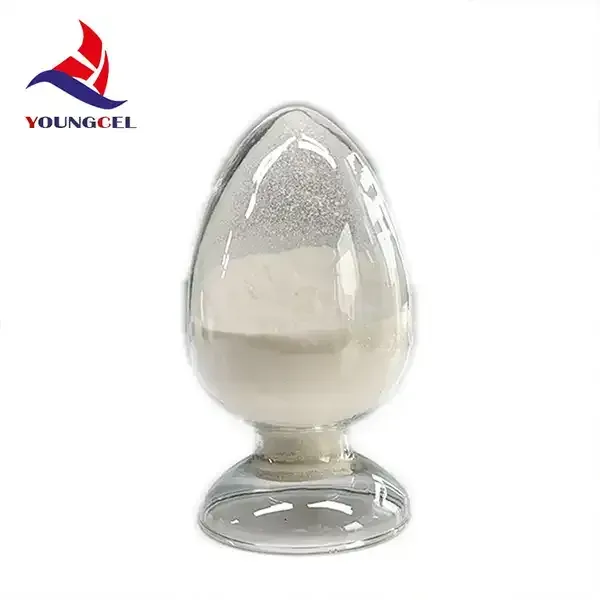The Chemical Composition of Cement Understanding Its Role in Construction
Cement is a fundamental component of modern construction, serving as the backbone for concrete and influencing the durability and strength of structures. Understanding the chemical composition of cement is crucial for architects, engineers, and builders alike, as it directly affects the performance of concrete in various environmental conditions. This article delves into the primary chemical components of cement, the reactions that occur during hydration, and the implications of these processes in construction.
Chemical Composition
Cement is primarily composed of four key chemical compounds, often referred to as the four main oxides
1. Tricalcium Silicate (C3S) - This compound is responsible for the early strength of cement. It hydrates quickly and contributes to the development of strength within the first few days after mixing with water. C3S typically constitutes about 50-70% of the total cement composition.
2. Dicalcium Silicate (C2S) - With a slower hydration rate, C2S is primarily responsible for the long-term strength of cement. This compound accounts for approximately 15-30% of the cement's composition and continues to hydrate over months or even years, contributing to the overall durability of concrete.
3. Tricalcium Aluminate (C3A) - This component is critical in the early stages of hydration, providing rapid strength gain. However, C3A is also associated with the potential for sulfate attack in certain environments. It generally comprises 5-15% of cement’s total composition.
4. Tetracalcium Aluminoferrite (C4AF) - While not as significant in terms of strength, C4AF contributes to the color and has a minor role in the setting process. It is typically found in concentrations of 5-10%.
In addition to these primary compounds, modern cement may contain various mineral admixtures that modify its properties, including fly ash, slag, and natural pozzolans. These additions can enhance the workability, strength, and durability of concrete.
Hydration Process
cement chemical

The hydration of cement is a complex series of chemical reactions that occur when cement is mixed with water. Upon mixing, the compounds begin to chemically react, leading to the formation of calcium silicate hydrate (C-S-H), which is the primary binding agent within concrete.
Initially, when water is added, C3S and C2S react quickly to form C-S-H and calcium hydroxide (CH). This process generates heat, known as heat of hydration, which is crucial for the curing process in large structures. As hydration continues, the formation of C-S-H contributes to the gradual increase in strength.
C3A reacts rapidly with water in the presence of sulfate ions, forming ettringite, which can lead to expansion if not controlled. This necessitates careful consideration of the cement formulation, especially in sulfate-rich environments, to prevent potential durability issues.
Implications for Construction
Understanding the chemical composition of cement and its hydration properties is vital for several reasons. Firstly, the performance characteristics of concrete, such as compressive strength, durability, and resistance to environmental factors, depend heavily on the composition of the cement used.
Secondly, the specific requirements of a project often dictate the choice of cement. For example, in areas prone to sulfates, expansive cement with lower C3A content may be necessary. Conversely, high strength requirements might necessitate cements with higher C3S content.
Finally, the use of mineral admixtures allows for the optimization of concrete properties while contributing to sustainability by recycling waste materials from other industries. This not only reduces the environmental impact of construction but can also improve the overall performance of concrete.
Conclusion
Cement is a critical material in construction, and its chemical composition plays a significant role in determining the properties and performance of concrete. By understanding the various compounds present and their interactions during hydration, construction professionals can make informed decisions about materials and techniques, ensuring the longevity and durability of the structures they create. As the industry evolves towards more sustainable practices, knowledge of cement chemistry will continue to be an essential aspect of modern engineering and architecture.
-
The Versatility of Industrial Additives: Mhec, Hpmc, And Wall Putty SolutionsNewsMar.28,2025
-
The Importance of HPMC in Modern IndustriesNewsMar.28,2025
-
Partnering with Reliable Manufacturers for Optimal ResultsNewsMar.28,2025
-
Enhancing Construction Performance with Redispersible Polymer PowdersNewsMar.28,2025
-
Enhancing Construction and Household Products with Advanced AdditivesNewsMar.28,2025
-
Building Strong Foundations with Key Construction MaterialsNewsMar.28,2025






